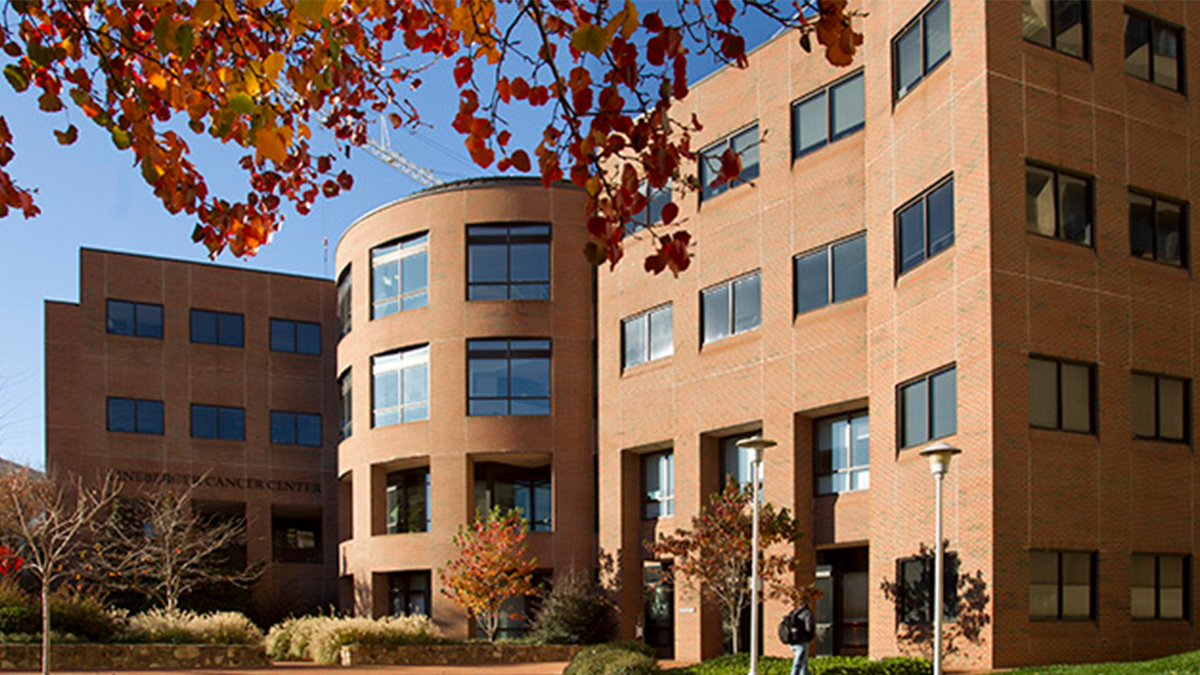Scientists may have key to breast cancer prevention
A research team led by Dr. Gaorav Gupta discovered the inner workings of an immune response pathway.

Every time a cancer cell divides, it damages its own DNA molecules. Researchers have long wondered how cancers evade detection by the body’s own defenses, despite the immune system being on constant watch for cells displaying DNA damage.
Recently published findings by the lab of Dr. Gaorav Gupta, associate professor in the UNC School of Medicine’s radiation oncology department, reveal a possible answer. They show that detecting DNA damage within cells unleashes a pathway that is essential for activating the inflammatory immune response to prevent cancer formation. In the process, the research team discovered the “key” that “unlocks” this pathway, which is normally turned off to prevent excessive inflammation in healthy conditions.
“Our findings suggest that loss of this pathway may be what’s allowing breast cancer cells to withstand high levels of DNA damage without being recognized by the immune system,” said Gupta, associate professor in the medical school’s biochemistry and biophysics department and member of UNC Lineberger Comprehensive Cancer Center. “We’re very interested in identifying ways to reactivate this pathway to treat and potentially even prevent cancer development.”
The key to unleashing cGAS
An enzyme well known for its role as a messenger for the immune system is called cyclic GMP-AMP synthase. The cGAS enzyme calls on the immune system to seek out the threats from double-stranded DNA viruses, such as herpes simplex and chickenpox, and eliminate them from the body. DNA-damaged cells are also perceived as threats and waste to the body.
Back in 2020, Dr. Robert McGinty at the UNC Eshelman School of Pharmacy and two researchers from the medical school’s biochemistry and biophysics department, Pengda Liu and Qi Zhang, were amongst the first research teams to make a landmark discovery about cGAS. Their paper, published in Science, revealed that cGAS is “locked up” in an effort to prevent the body from unleashing the inflammatory immune response unless it is absolutely necessary.
“It’s in a ‘turned off’ state because it has a much stronger affinity for histones molecules, which are proteins around which our DNA is packaged, than to DNA itself,” said Gupta. “You can think of cGAS as being locked up through its binding to histones, not able to perform its duty to recognize DNA unless it is freed by some key.”
In light of his colleagues’ findings, Gupta reached out to them to test a new hypothesis. Gupta wanted to know if a protein being investigated in his lab, MRE11, which recognizes broken fragments of DNA, might release cGAS from its histone prison. Indeed, the researchers found that MRE11, in recognizing and binding to broken DNA, simultaneously releases cGAS from the histones.
“This was fascinating because MRE11 was known for detecting and repairing DNA damage, but the evidence I uncovered indicated that MRE11 plays a different role, namely in activating the innate immune system,” said Min-Guk Cho, a postdoctoral fellow in Gupta’s lab and co-first author on the paper.
Improving clinical outcomes
Gupta and colleagues in the UNC Lineberger Comprehensive Cancer Center are enrolling patients for a clinical trial at UNC to examine the combination of radiation and immunotherapy to treat certain types of breast cancer.
With this new information in hand, researchers will see if the pathway is responsive to these therapies, or if specific types of therapies may more effectively engage this pathway and result in improved clinical outcomes.







